Student Wellbeing
Child Safety Standards
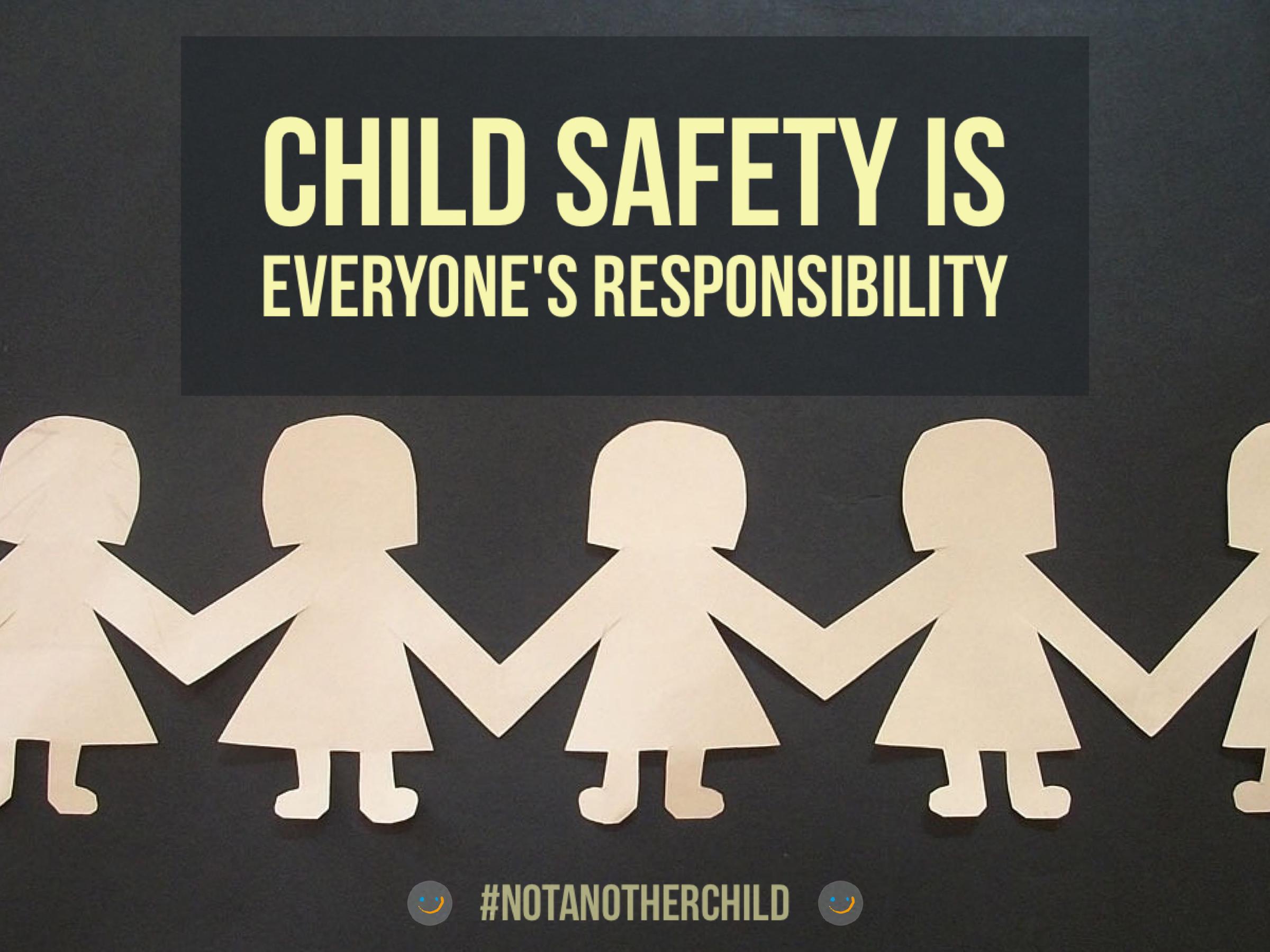
Student Wellbeing
Child Safety Standards
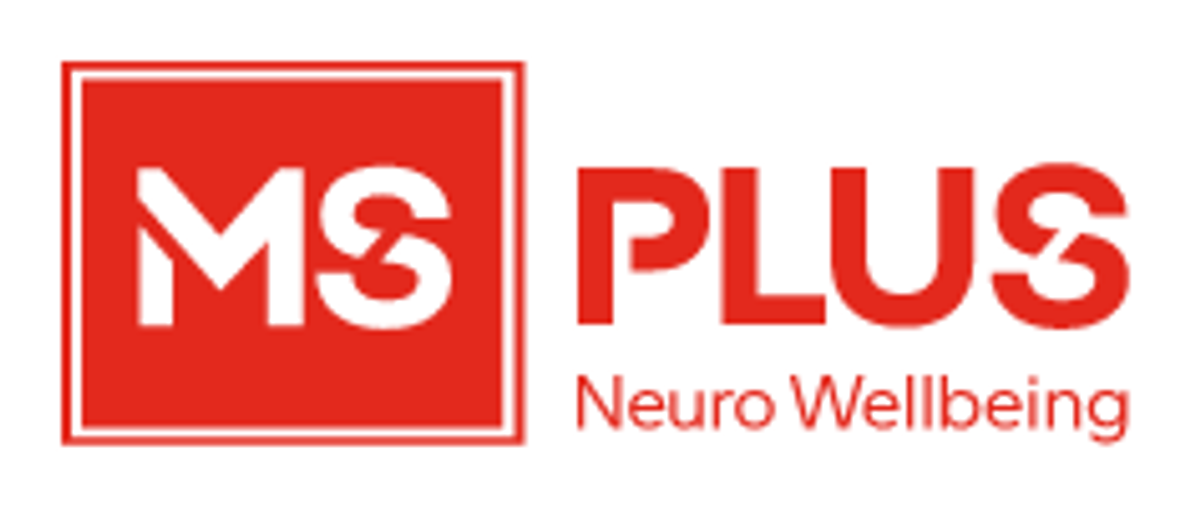

This morning in our assembly it was wonderful to have Charli A and her aunty, Rania, share some very important information about Multiple Sclerosis with the students. Rania, who herself has MS, explained that it's like having scars to the cables which connect the brain to other parts of the body. This means that messages don't always travel around the body as they should. Charli's involvement in the MS Readathon is helping to raise vital funds for MSPlus, which supports people with Multiple Sclerosis.
If you or your child would like to donate to the cause, please go to: https://www.msreadathon.org.au/fundraisers/CharliAboujaber202449
Anyone wishing to take part in the MS Readathon can register here:
https://www.msreadathon.org.au/register-interest-2022
Thank you Charli and Rania!
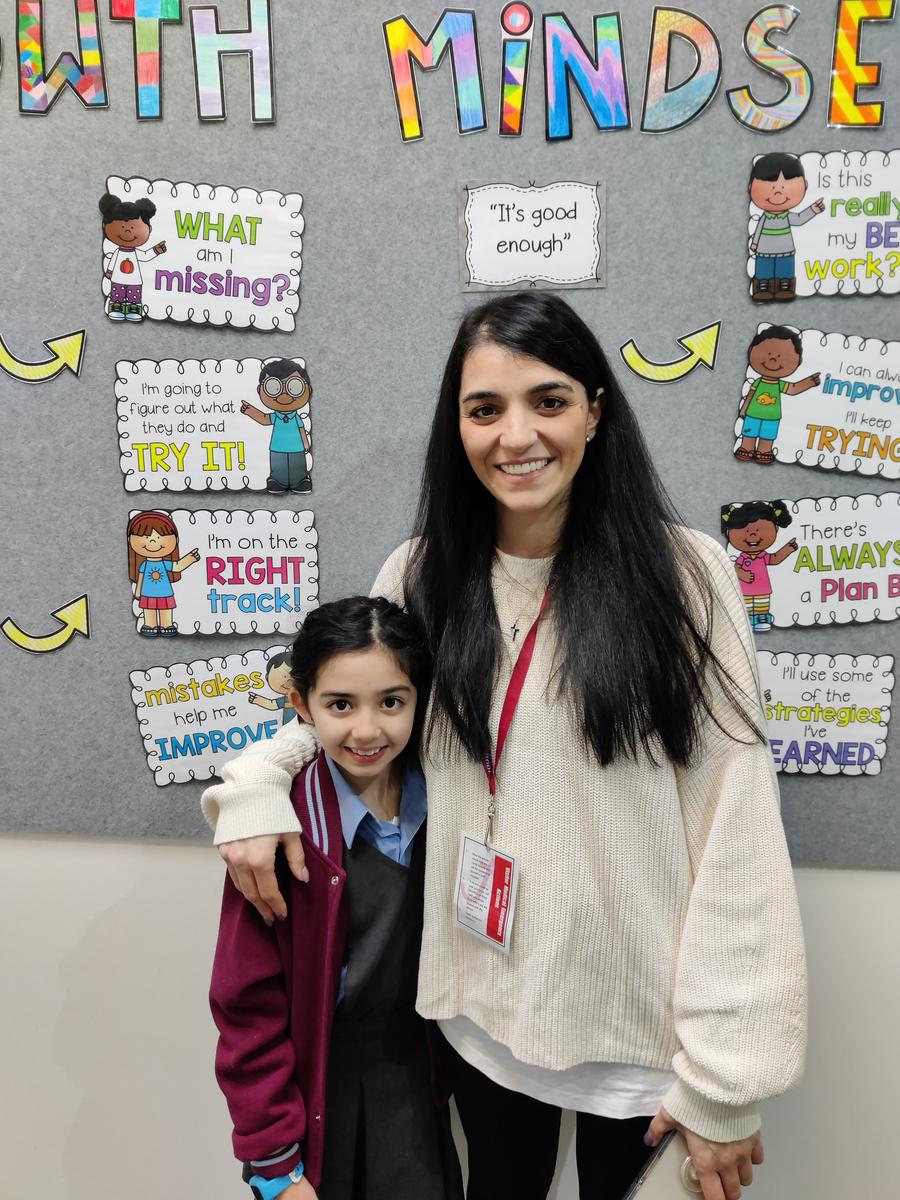
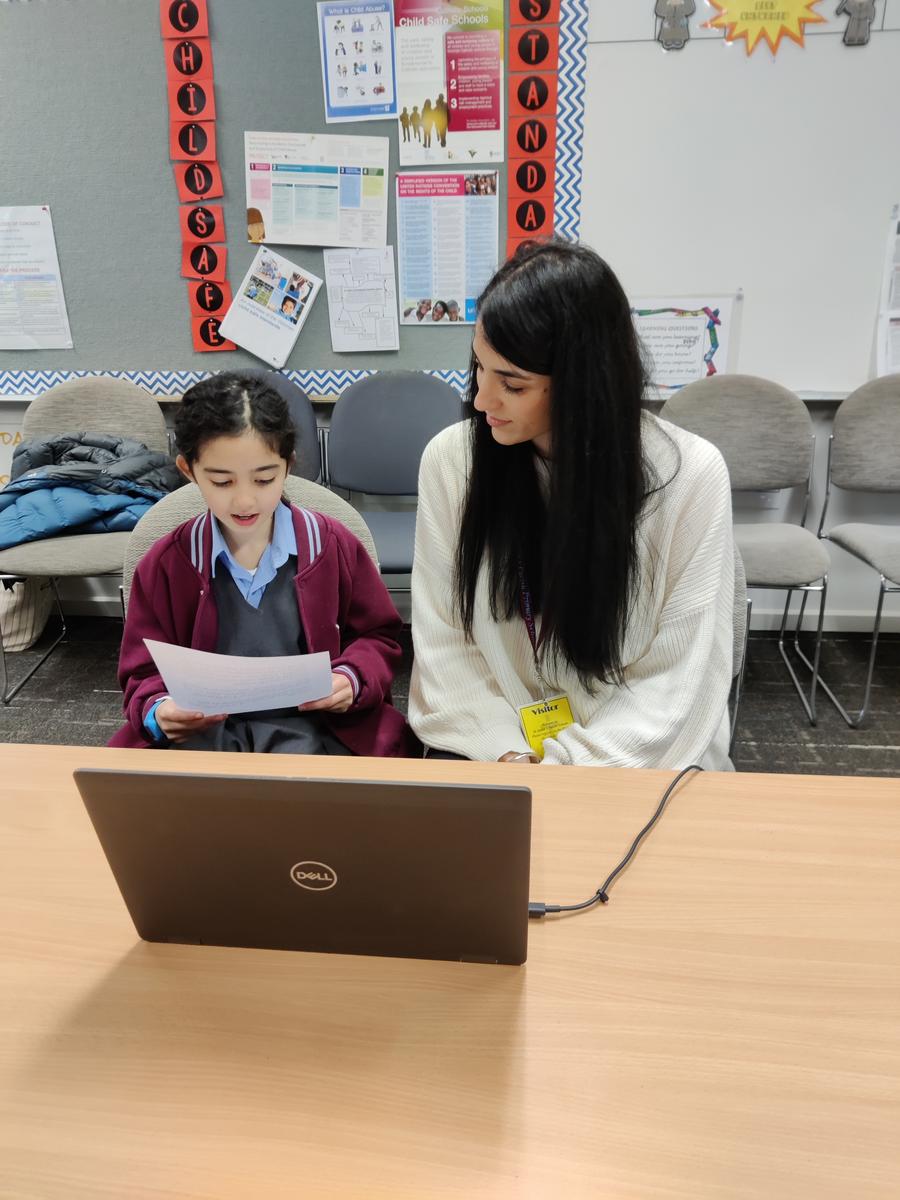


Our wonderful Year 6 Wellbeing Leaders - Gemma, Lexi, Giselle and Krystal, have re-established the St Justin's Play Pals sessions, running different activities for students from all grades to participate in during recess on Mondays and Thursdays. The first activities - finger-painting flowers and skipping, have proven to be very popular, attended by a lot of students from different grades. The flower paintings were a lot of fun to create and it was wonderful to see the creativity of students as they added to the background of each picture to create a lovely garden scene. The junior students have had a wonderful time skipping, sharing funny rhymes and games with us all to play. A big WELL DONE to Gemma, Lexi, Giselle and Krystal for organising such wonderful activities for the students, we are all looking forward to see what we get to do next week!

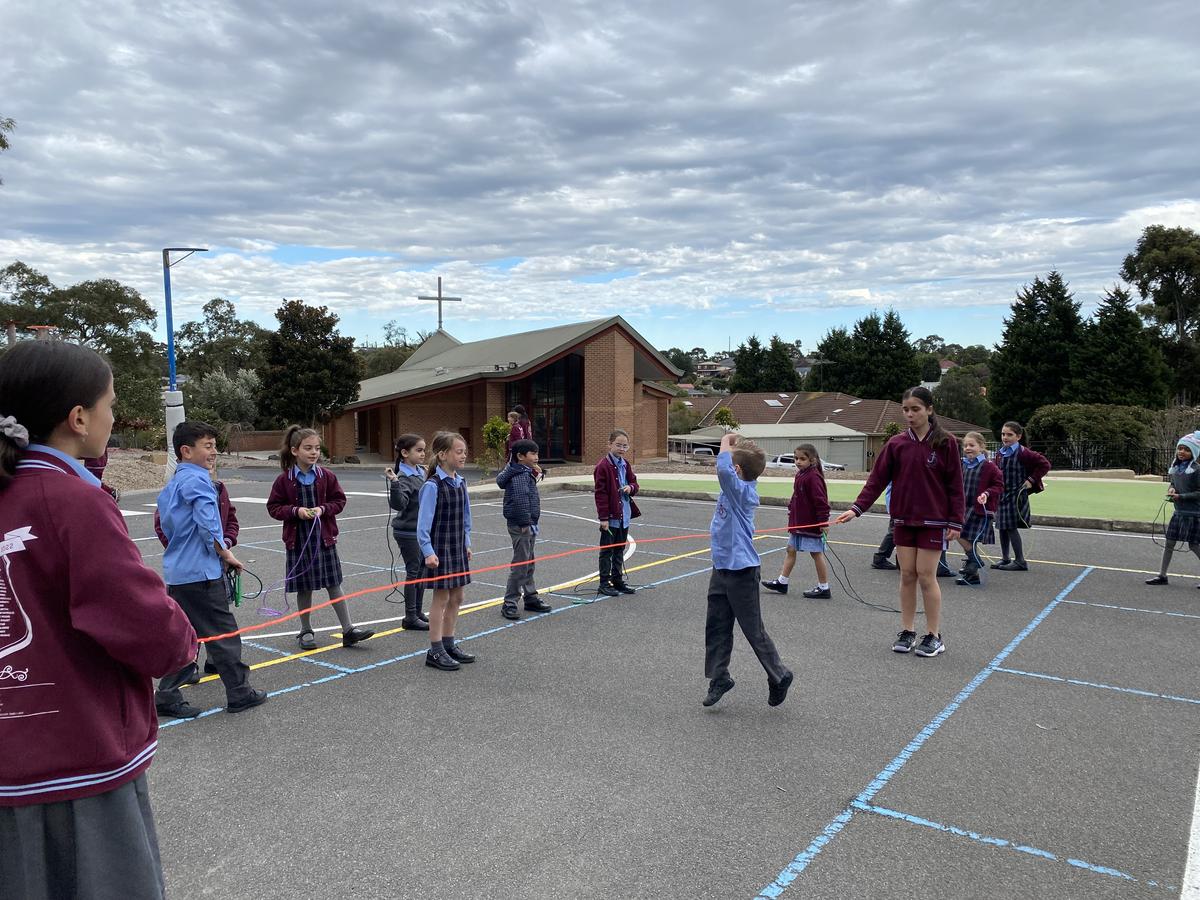
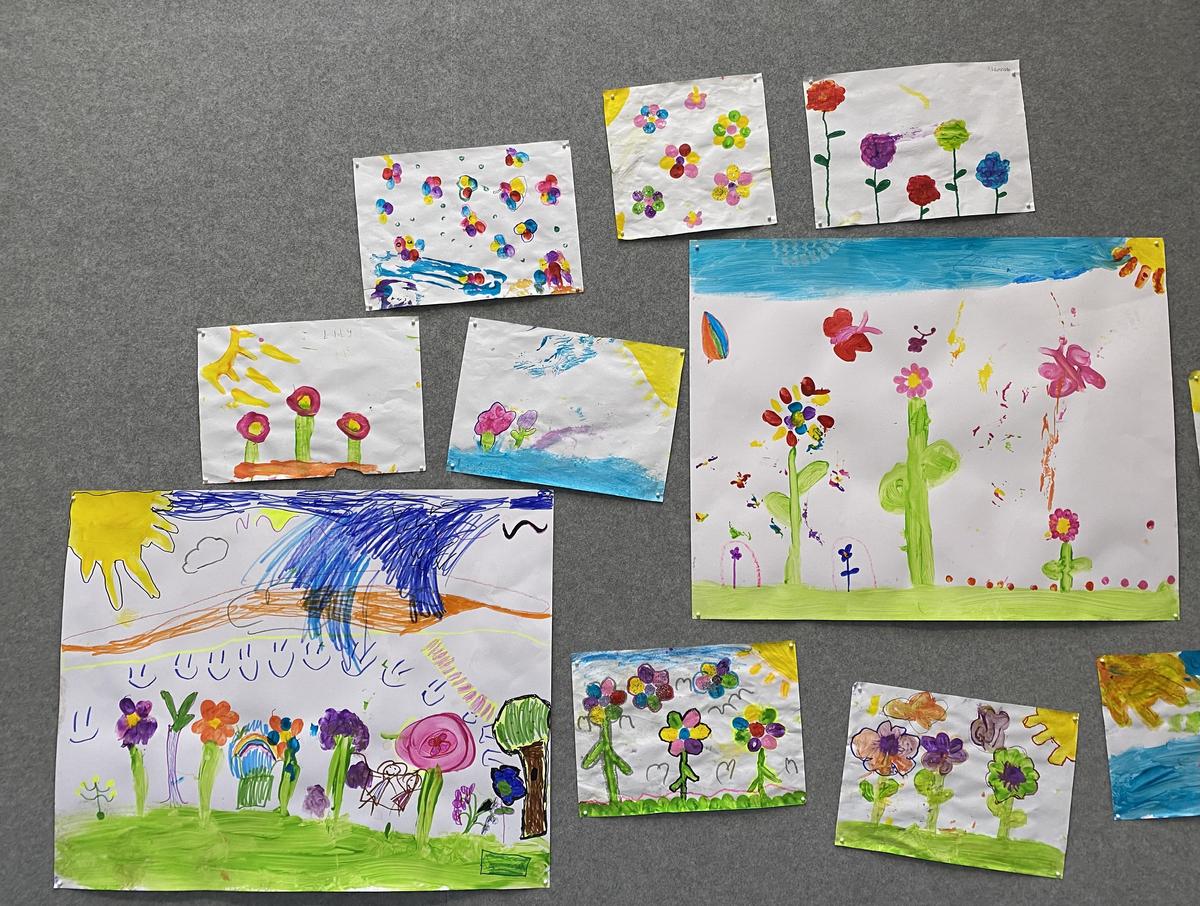
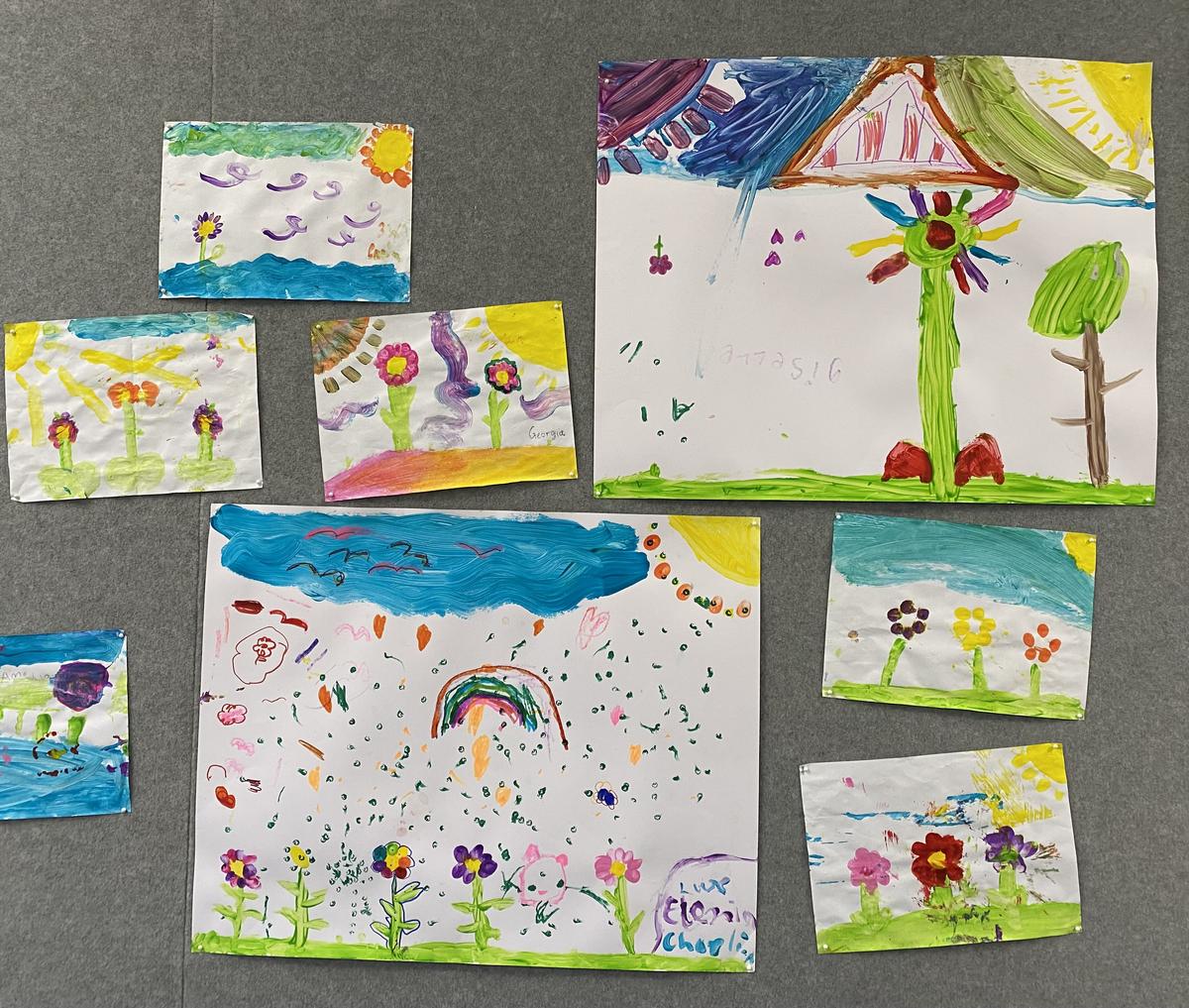
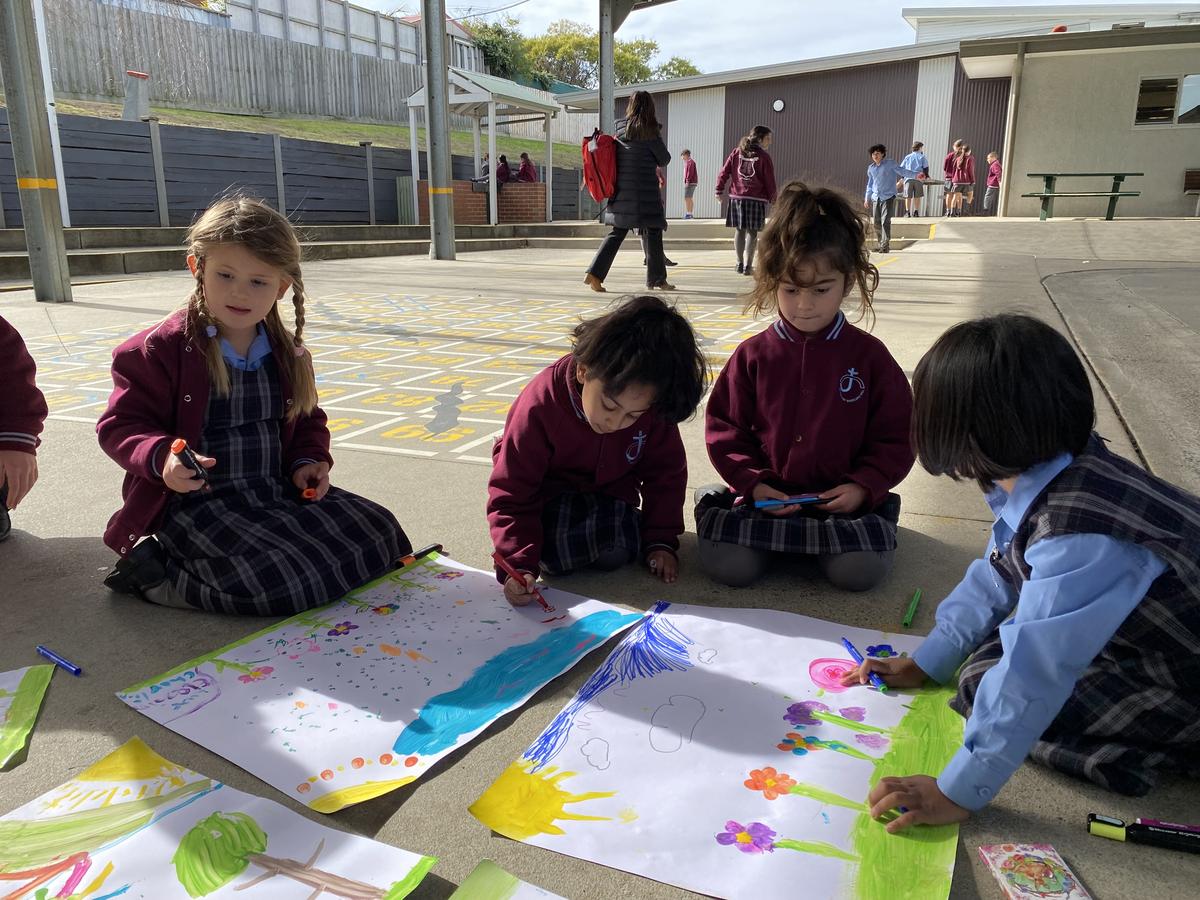

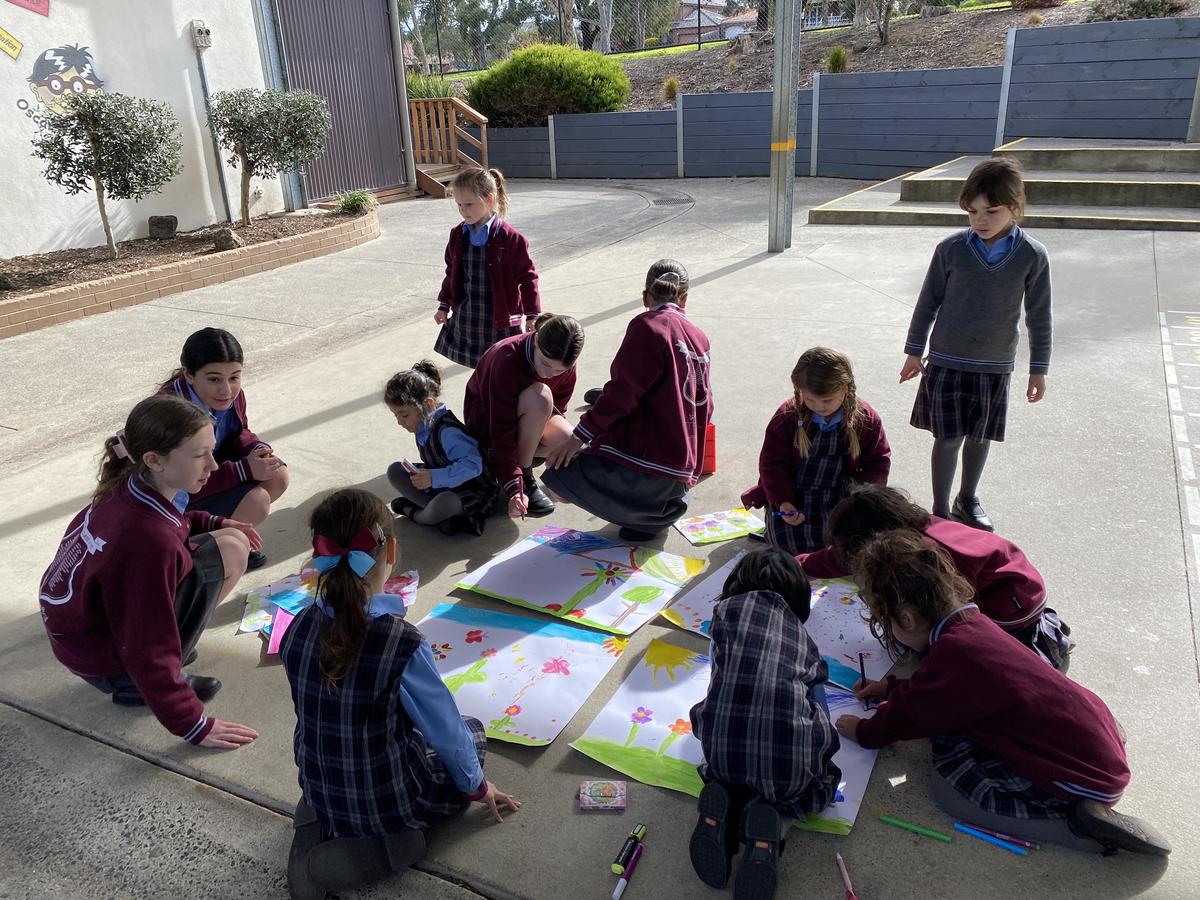







As a whole staff this week, we took time in our professional learning meetings to analyse and become familiar with the updated Victorian Child Safety Standards, as set out in Ministerial Order 1359. Each of the eleven standards, guides us in what we need to do to maintain safe environments.
As a staff we listed the various actions that we take in each of the 11 areas. We were delightfully surprised at the number of strategies that are already in place.
Child Safe Standard 1: Culturally safe environments
Religious Education program promoting equality and respect for all, Social & Emotional Learning Programs, explicitly teaching social skills, Respectful Relationships taught at all levels focusing on anti bullying behaviors and tolerance. Italian Day – Culture Day, Harmony Day, NAIDOC Week, Acknowledgment of Country and raising of the Australian flag, Aboriginal and Torres Strait Islander flags, Kitchen Garden Program - multicultural recipes, Indigenous studies resources compiled for staff access for programs, Religions of the World focus in RE program, students with diverse needs supported through Australian government funding - Nationally Consistent Collection of Data (NCCD) or Aboriginal & Torres Strait Islander (ATSI) programs.
Child Safe Standard 2: Child safety and wellbeing is embedded in leadership, governance and culture
Staff complete online Mandatory Reporting course, new staff are inducted on child safe procedures, Staff are required to sign and acknowledge declaration of Child Safety Code of Conduct annually, SJWH Community is updated about the Child Safe Standards via the school newsletter, School Advisory Council (SAC) ensure that the school is functioning in accordance with governing authority, which incorporate the CDD, regular practice of emergency evacuation / lockdown plans.
Child Safe Standard 3: Child and student empowerment
Year 6 Leadership, student voice in curriculum, SRC, Health focused inquiry unit, with a focus on safety and Cyber safety, Minnie Vinnie's, Resilience, Rights and Respectful Relationships Program, Surveys - MACSSIS, student goal setting, Student-led Conferences, Buddy Program, students sharing learning with families via Seesaw, classroom leadership roles, Wellbeing check-ins.
Child Safe Standard 4: Family engagement
Sacramental Information Sessions and Celebrations, School Newsletter, St. Justin’s Website, Parents and Friends, Class Parent Representative, School Advisory Council, Fair on the Hill, School Diaries, Emails, Skoolbag App, Operoo, Seesaw, Parent Teacher Meetings, Mother's Day and Father's Day Stalls.
Child Safe Standard 5: Diversity and equity
Mandatory Reporting Professional Development, Child Safety Professional Development, Staff Meetings, Well Being Check Ins, Respectful Relationships, Check in with Learning Diversity and Wellbeing Leaders, Senior School Survey, Italian Day, Acknowledgement of Country, Disability Facilities, Code of Conduct, Flags at Assembly, Play Pals, Student Clubs, After School Activities, Special Day/Week Celebrations - NAIDOC Week, National Reconciliation Week, RUOK Day, Harmony Day, Saint Days, Health Education Year 5 & 6, Buddy Program.
Child Safe Standard 6: Suitable staff and volunteers
Staff Meetings, Website, Pass tab sign-ins, Lanyards, Volunteer Interviews,
Employment Interviews, User Agreements - Staff/Student, Employment Contract.
Child Safe Standard 7: Complaints processes
Regular Parent Teacher interviews and student led meetings, parents raise meetings as needed for issues, annual staff students and parents MACSSIS survey, SRC - to address student issues eg: places to play on the playground(basketball court), Parents able to arrange meetings to raise an issue, termly level newsletters with information and staff contact details, visible Code of Conduct in all classrooms, Leadership available before and after school.
Child Safe Standard 8: Child safety knowledge, skills and awareness
All staff undertake Smart Safe training annually, all staff agree to / sign Code of Conduct annually, all visitors to school check in at office, staff visibility on yard duty, staff regularly updated about child safety and revisit information, parent forums available on child safety and wellbeing.
Child Safe Standard 9: Child safety in physical and online environments
Students regularly revisit Code of Conduct, ICT Acceptable Usage Policy for students and parents/guardians to read through and sign at the beginning of the year, Cyber safety Incursions for students, Cyber safety Workshops for parents and families, school policies / agreements regularly reviewed with students, Hapara program to monitor students’ ICT usage during school hours.
Child Safe Standard 10: Review of child safety practices
Regular staff discussions on policies and practices, whole school focus on Code of Conduct, teaching of Social & Emotional Learning through Respectful Relationships program, Safety online programs, staff and volunteer induction programs, all staff complete annual Mandatory Reporting online module, playground safety audits.
Child Safe Standard 11: Implementation of child safety practices
Staff child safety team who conduct briefings regularly, staff access to documentation through portal, use of MACS protocols and templates for child safety policies, policies available for parents through the website.
Thanks everyone for your ongoing support with regard to the Covid-19 regulations. The updated School Operations Guidelines don't suggest a great deal of change so we will continue to do what we can to keep everyone safe. Below are listed some of the changes:
Vaccination Status
Rapid Antigen Tests
Face masks
Household Contacts